Mary and Child: An Enduring Icon of Faith, Art, and Humanity
The image of Mary and the Christ Child is one of the most powerful and persistent icons in human history. Transcending its origins in Christian theology, it has become a universal symbol of motherhood, love, sacrifice, and hope. To encounter this image—whether in the hushed reverence of a cathedral, the quiet intimacy of a home, or the curated space of a museum—is to engage with a narrative that has been shaped over two millennia by faith, artistry, and the human need for connection with the divine.
Theological Foundation: The Theotokos
The significance of the Mary and Child imagery is deeply rooted in pivotal early Christian doctrines. At the Council of Ephesus in 431 AD, Mary was formally declared Theotokos, a Greek term meaning “God-bearer” or “Mother of God.” This was not merely a title to elevate Mary; it was a crucial theological statement defending the nature of Christ Himself. By affirming Mary as Theotokos, the Church confirmed that Jesus was both fully human and fully divine from the moment of His conception. He was not a human who later became possessed by the divine; His humanity and divinity were inextricably and permanently united.
Therefore, every depiction of Mary holding the infant Jesus is, on a fundamental level, a visual declaration of this core belief. The image makes the abstract doctrine tangible: God, the creator of the universe, is shown as a vulnerable, dependent infant, held in the loving embrace of His human mother. This profound paradox is the central mystery and power of the icon.
Evolution of an Artistic Tradition
The artistic representation of Mary and Child has evolved dramatically across centuries and cultures, reflecting changing theological emphases, artistic movements, and human sensibilities.
-
Early Byzantine (Iconic): The earliest surviving images are less concerned with naturalism and more with theology. In icons, Mary is often depicted as the Hodegetria (“She who shows the way”). She gestures toward the Christ Child, who is presented not as a baby but as a miniature king or wise teacher, often holding a scroll and giving a blessing. The style is hieratic, formal, and gold-leafed, emphasizing the heavenly and eternal rather than the earthly and momentary.
-
The Gothic Shift: By the 12th and 13th centuries in Europe, a profound shift occurred. The rigid, majestic Queen of Heaven began to transform into a more human mother. This era saw the rise of the Eleousa (Virgin of Tenderness) style, where the Christ Child presses His cheek against His mother’s, and Mary’s expression is one of poignant love and foreshadowing sorrow. This humanization made the divine more accessible and relatable to the everyday worshipper.
-
The Renaissance Ideal: The Italian Renaissance brought the image fully into the human world. Artists like Leonardo da Vinci, Raphael, and Fra Filippo Lippi placed Mary and Jesus in believable landscapes or domestic settings. Using techniques like sfumato and linear perspective, they created figures of idealized beauty, grace, and naturalism. The focus was on the intimate, emotional bond between mother and child, celebrating both their holiness and their humanity.
-
Baroque Drama and Beyond: The Baroque period, with artists like Bartolomé Esteban Murillo, infused the scene with dynamism, warmth, and everyday charm. The children often appear more playful, and the scenes are bathed in a soft, celestial light. In later centuries, artists from various traditions continued to reinterpret the theme, from the post-impressionist color of Paul Gauguin to the modernist simplifications of Henry Moore, each seeking to capture its essence for a new age.
The Universal Symbol of Motherhood
While its theological meaning is specific, the image of Mary and Child resonates on a deeply universal, human level. It encapsulates the archetype of the mother and child, a bond that is fundamental to the human experience across all cultures and religions. It speaks of:
-
Unconditional Love: Mary’s gaze upon her child represents the pure, protective, and selfless love of a parent.
-
Innocence and Vulnerability: The Christ Child embodies hope, new beginnings, and the inherent vulnerability of new life, which requires care and protection.
-
Sacrifice and Sorrow: There is often a subtle melancholy in Mary’s expression, a foreknowledge of the suffering her son will endure. This adds a layer of profound depth, acknowledging the pain that is often intertwined with deep love and the sacrifices inherent in parenting.
-
Hope for the Future: The child represents potential and the promise of the future. Holding the infant, Mary presents this hope to the world.
Mary and Child in Personal Devotion
Beyond grand altarpieces and theological debates, the image finds its most powerful home in personal devotion. Small paintings, home altars, and wearable items like medals and lockets allow individuals to carry this symbol of comfort and protection with them. It serves as a focal point for prayer, a reminder of divine grace in everyday life, and a source of strength in times of trouble. For many, it is not a distant historical figure but a compassionate mother (Mater Misericordiae – Mother of Mercy) who understands human suffering and intercedes on their behalf.
Conclusion: An Eternal Embrace
The enduring legacy of the Mary and Child image lies in its unique ability to operate on multiple levels simultaneously. It is a complex theological statement, a masterpiece of artistic evolution, and a simple, powerful symbol of love and vulnerability. It bridges the gap between the divine and the human, the majestic and the intimate, the eternal and the momentary. Whether rendered in gold leaf on an ancient icon, carved from marble by a Renaissance master, or cast in silver for a personal necklace, the image continues to captivate, comfort, and inspire. It remains a timeless testament to the idea that love, in its most pure and selfless form, is the closest humanity can come to witnessing the divine.
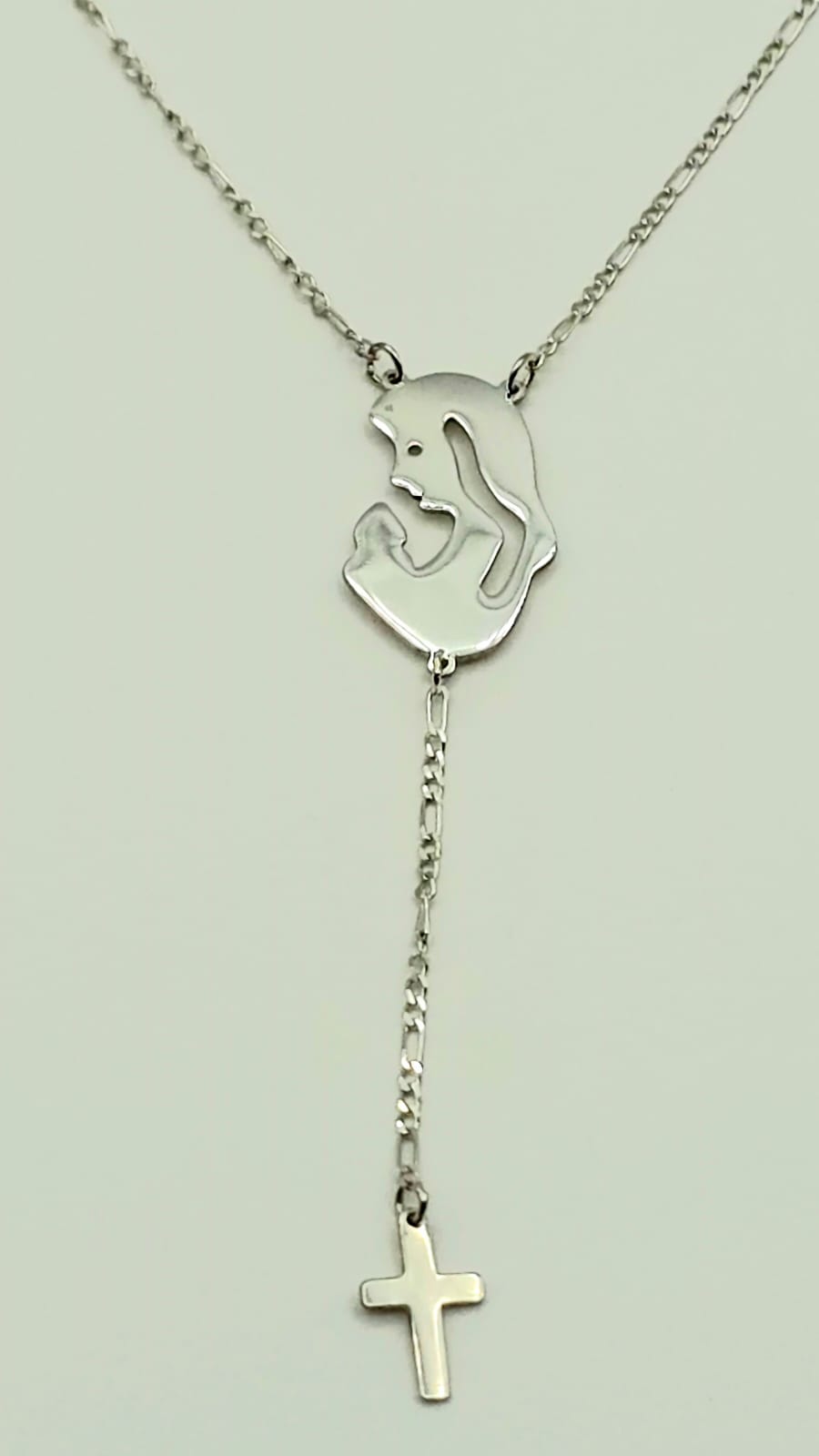
![[Artistly Design] 01990972-8509-710c-a892-852eb877c86d](https://bethlehemjdc.com/wp-content/uploads/2025/09/Artistly-Design-01990972-8509-710c-a892-852eb877c86d-960x960.png)
![[Artistly Design] 019941a1-cf9b-729f-970f-2f44feb7df34](https://bethlehemjdc.com/wp-content/uploads/2025/09/Artistly-Design-019941a1-cf9b-729f-970f-2f44feb7df34.png)
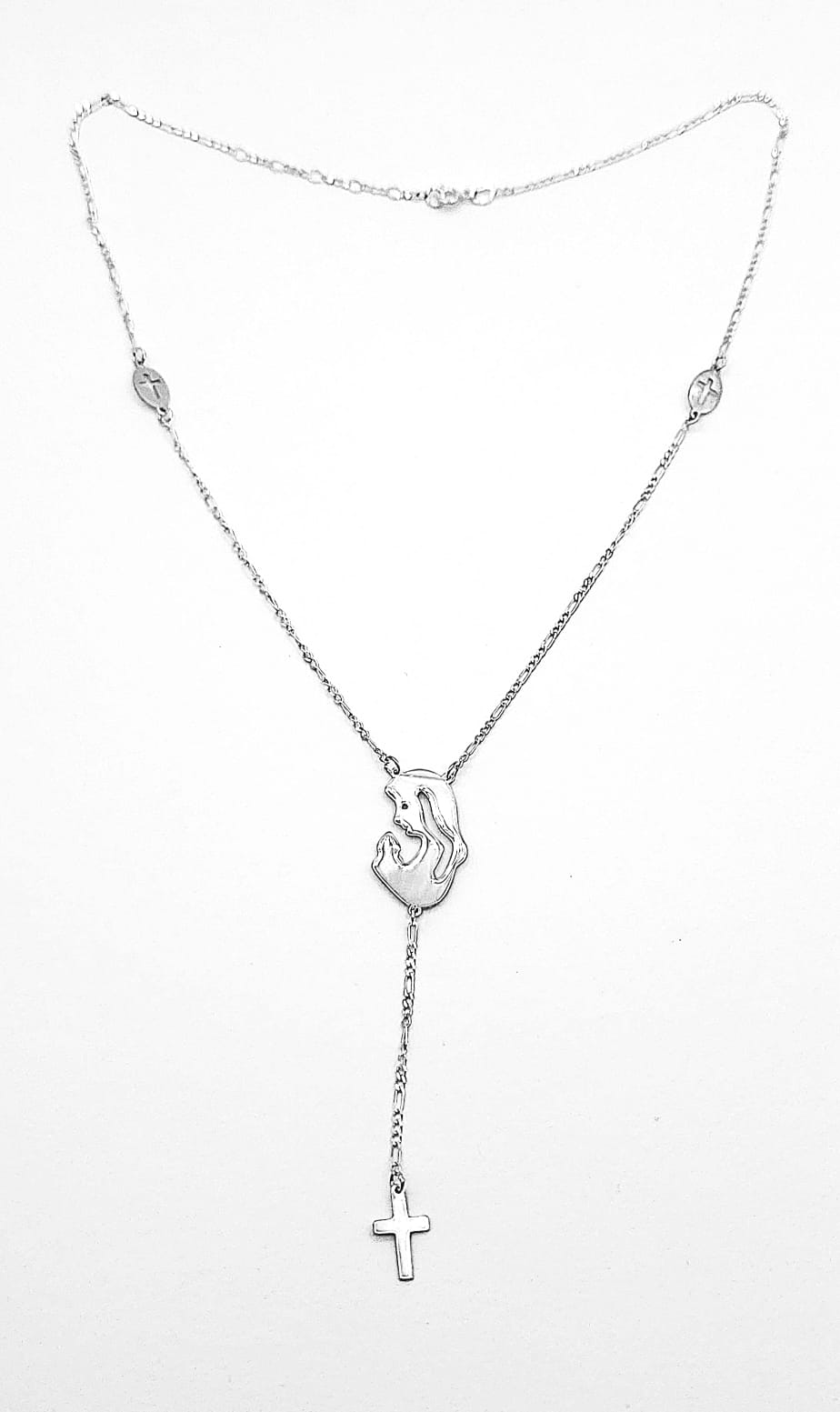
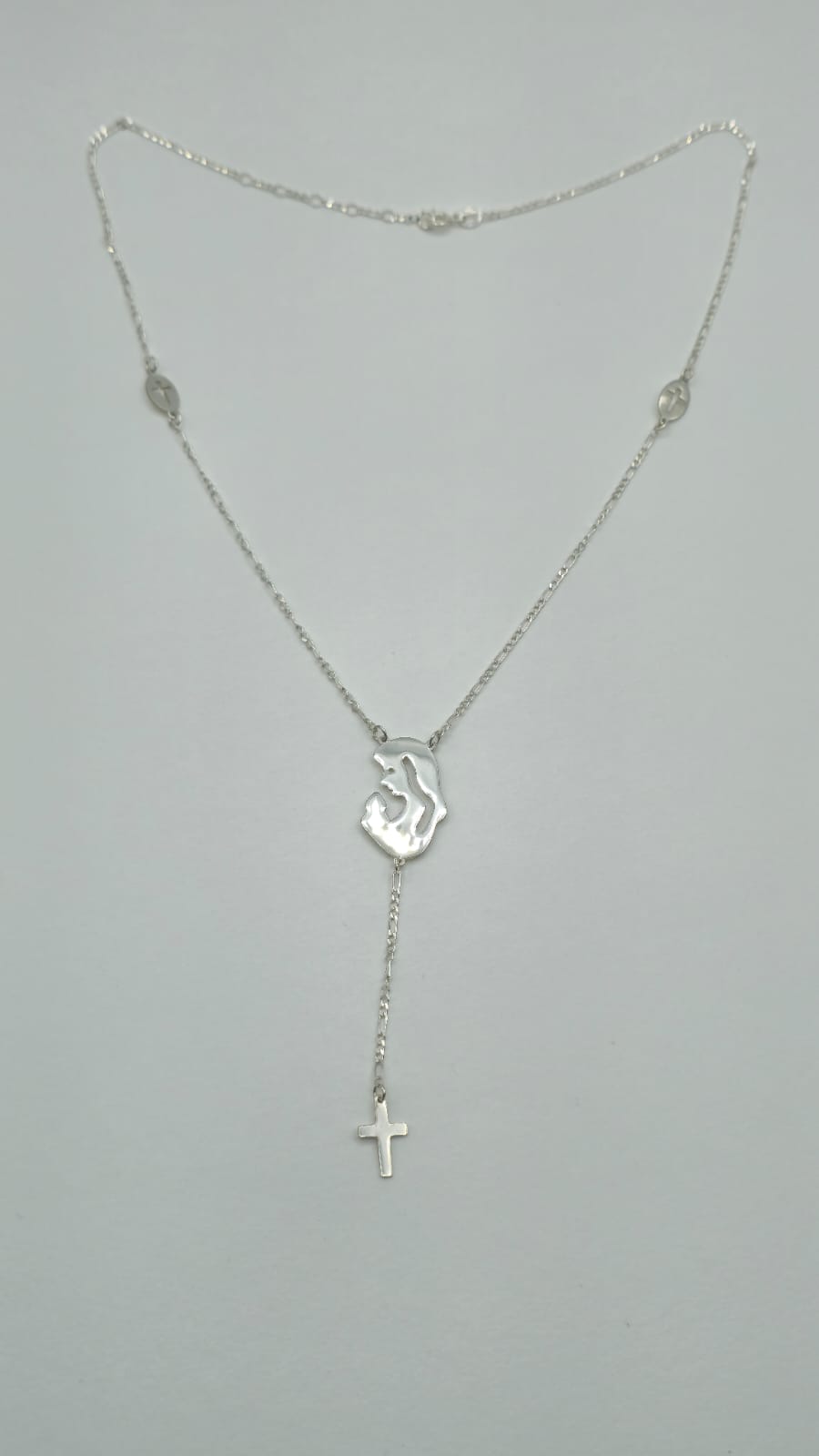
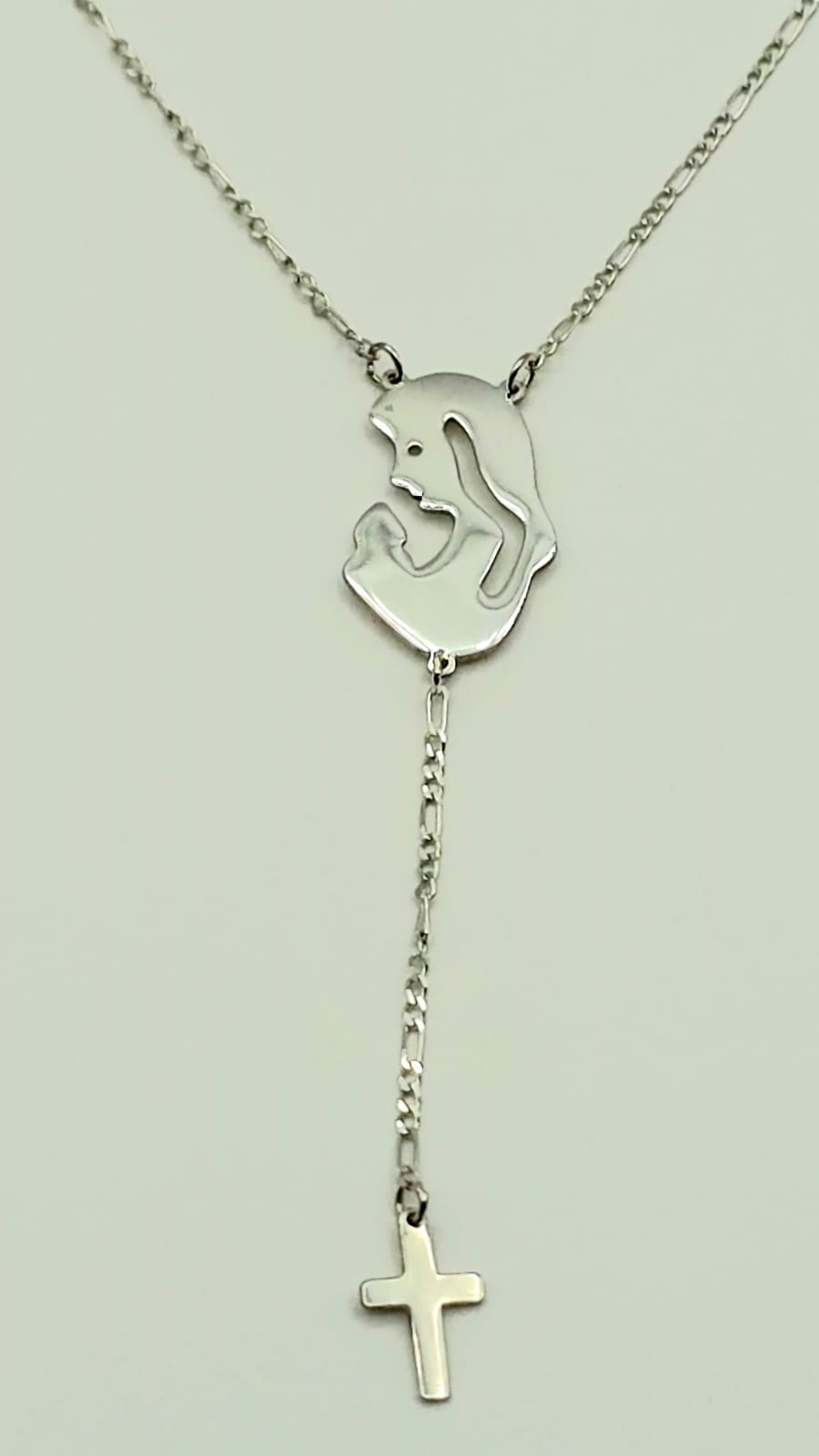

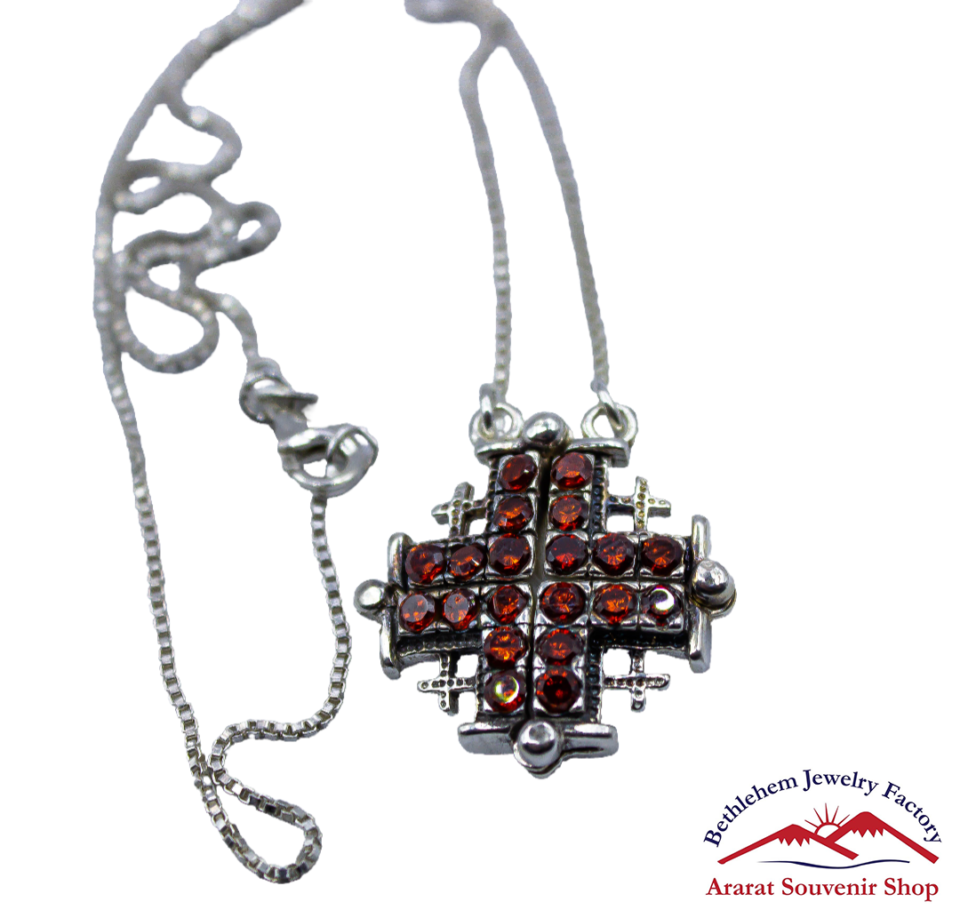
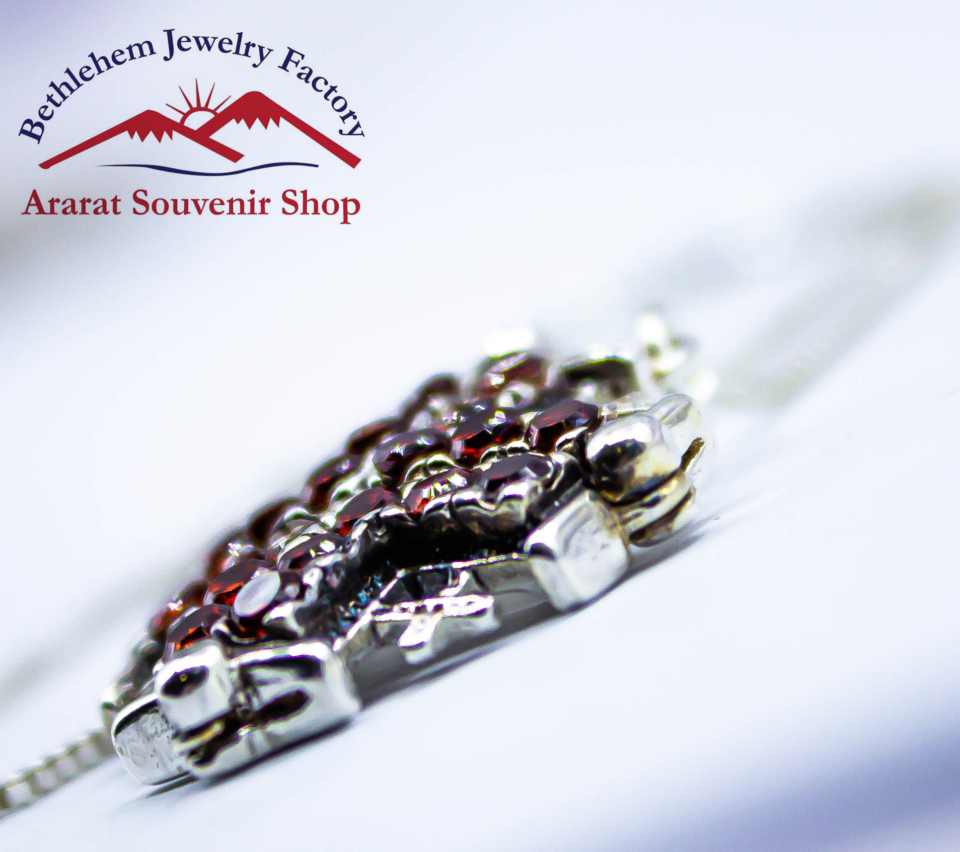
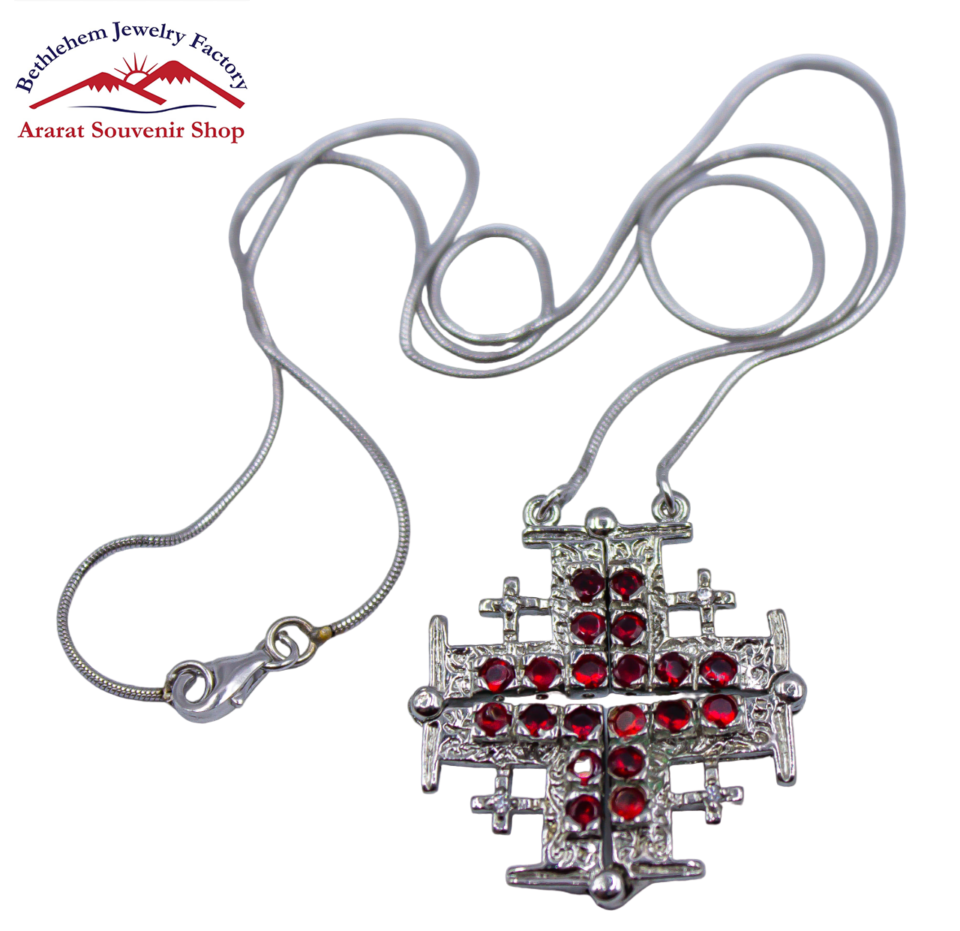
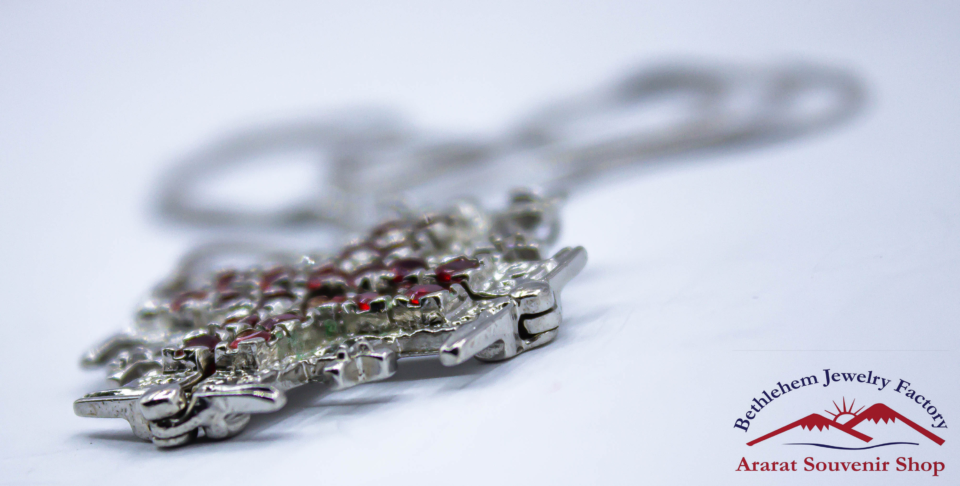
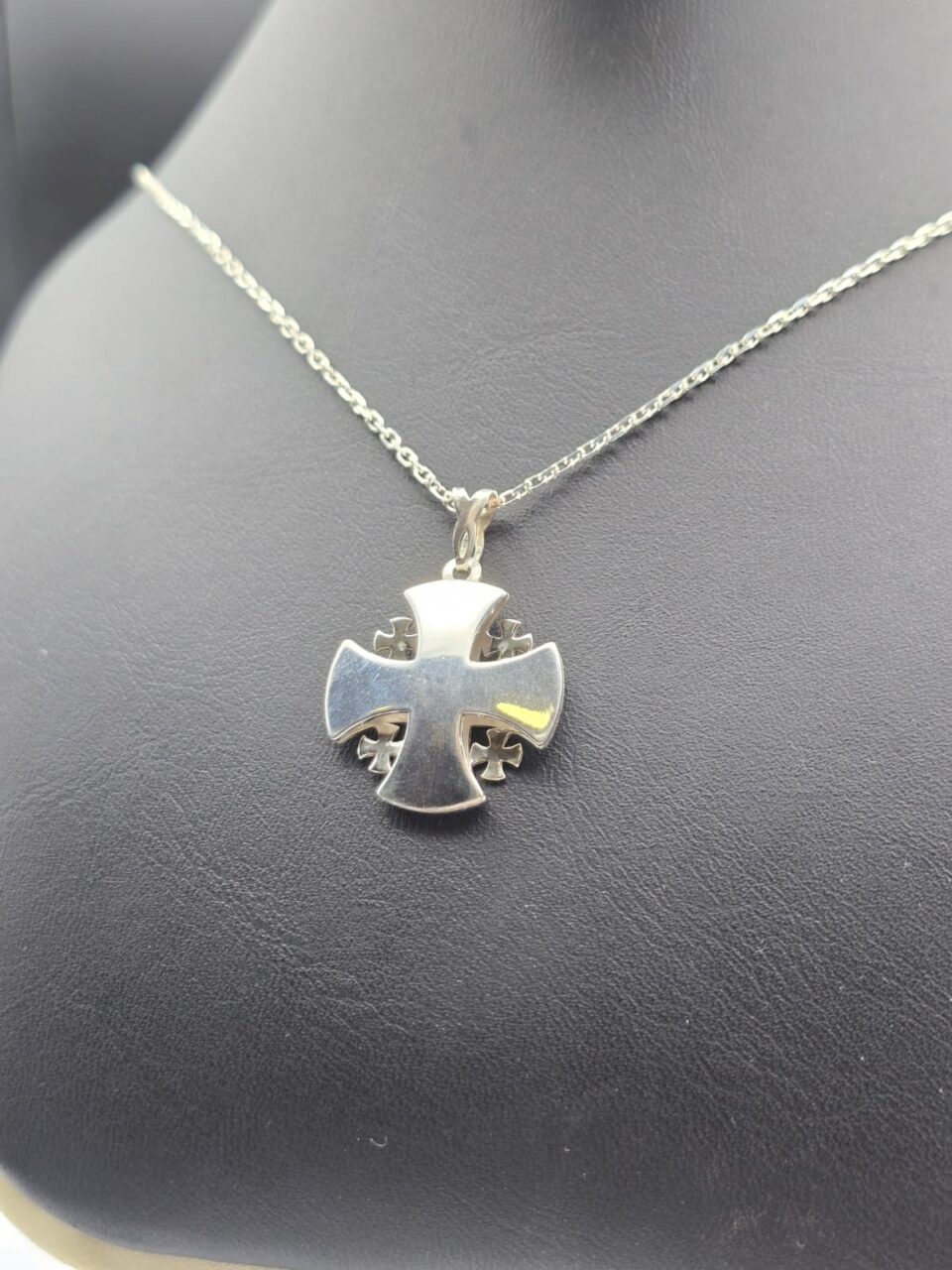
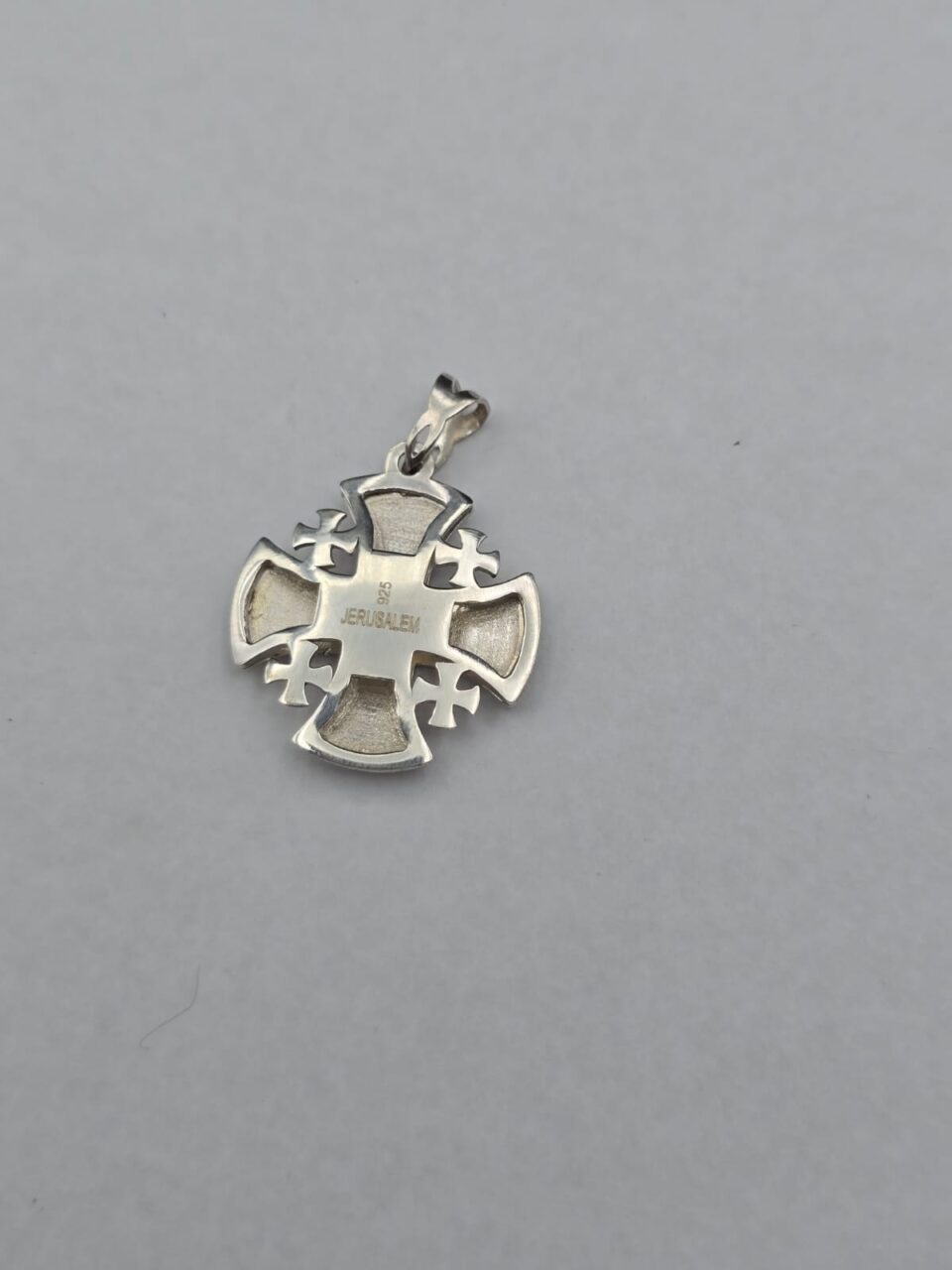


Reviews
There are no reviews yet.